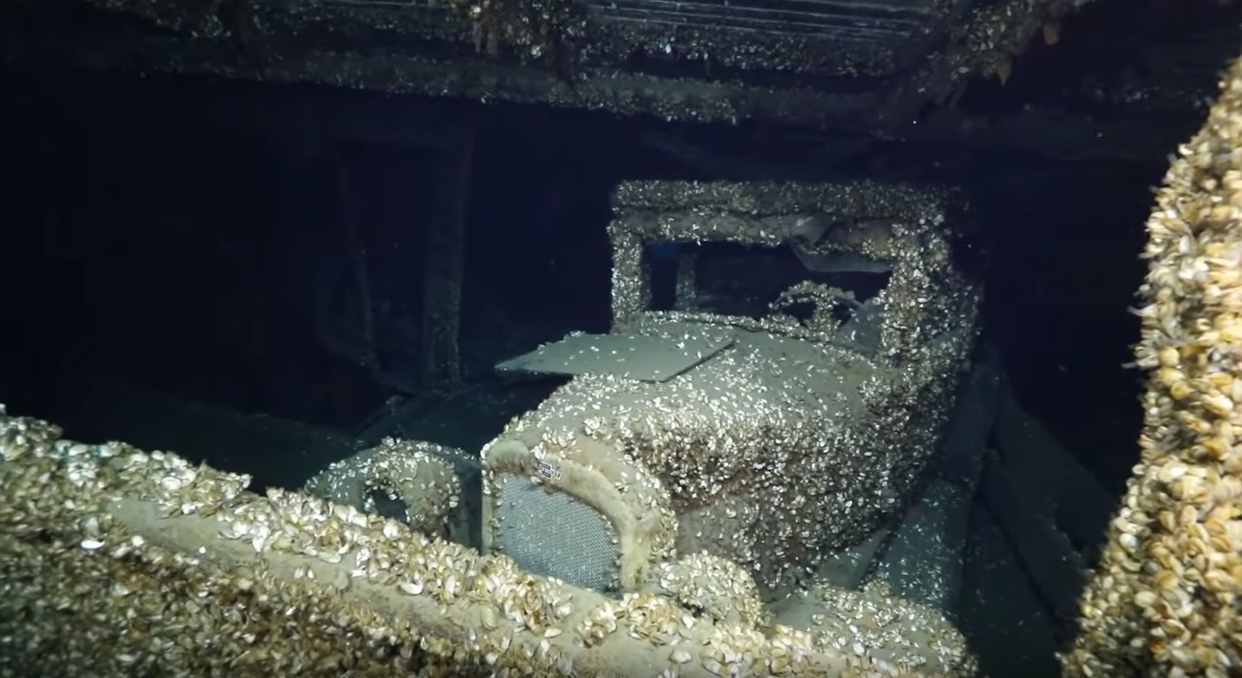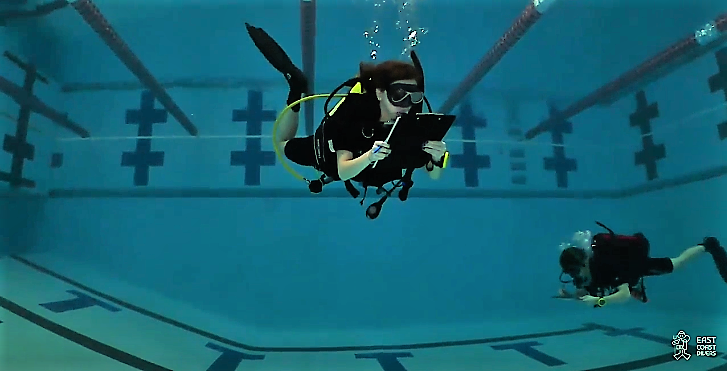Wetsuits With “Artificial Blubber” Could Triple Divers' Survival Time In Frigid Water

Researchers from Massachusetts Institute of Technology (MIT) and George Mason University in the US developed a simple solution that can triple the survival time for swimmers in wetsuits.
Currently conventional wetsuits offer no more than an hour of swim time in icy water, and the experience can be quite painful at best. That's no good if you're a special ops soldier or a member of an undersea maintenance crew and need to stay underwater for hours at a time.
In order to extend the survival time without hampering mobility, researchers looked at the different strategies that various animals use to survive in these frigid waters, and found three types: air pockets trapped in fur or feathers, as with otters and penguins; internally generated heat, as with some animals and fish; or a layer of insulating material that greatly slows heat loss from the body, as with seals’ and whales’ blubber.
After simulations and lab tests, they ended up with a combination of two of these - a blubber-like insulating material that also makes use of trapped pockets of gas, although in this case the gas is not air but a heavy inert gas.
The process works by simply placing a typical neoprene wetsuit in an autoclave filled with a heavy gas (such as argon, krypton or xenon) for one to three days. The procedure replaces the usual air gaps in the wetsuit with that heavy gas, giving the material itself a thermal conductivity so low that it's comparable to air. The treatment then lasts for about 20 hours. The process could also be done in advance, with the wetsuit placed in a sealed bag to be opened just before use.
The benefits of this new solution are numerous. First of all, it extends the survival time in cold water from less than one hour to two or three hours for divers wearing wetsuits.
Secondly, it provides a viable alternative to dry suits, which have a layer of air between the suit and the skin that must be maintained using a hose and a pump. A failure of the pump or a cut or tear in the suit can result in a quick loss of insulation that can be life-threatening within minutes. But the xenon- or krypton-infused neoprene requires no such support system and has no way of quickly losing its insulating properties, and so does not carry that risk.
Finally, the the “artificial blubber” opens the possibility to produce a wetsuit with the same insulating properties as present ones, but with a small fraction of the thickness, allowing more comfort and freedom of movement that might be appealing to athletes.
All in all, the result could be a boon not just to those in the most extreme environments, but to anyone who uses wetsuits in cold waters, including swimmers, athletes, and surfers, as well as professional divers of all kinds.
The next step in the research is to look at ways of making a long-term, stable version of a xenon-infused neoprene, perhaps by bonding a protective layer over it, the scientists say. In the meantime, the team is also looking for opportunities to treat the neoprene garments of interested users so that they can collect performance data.




